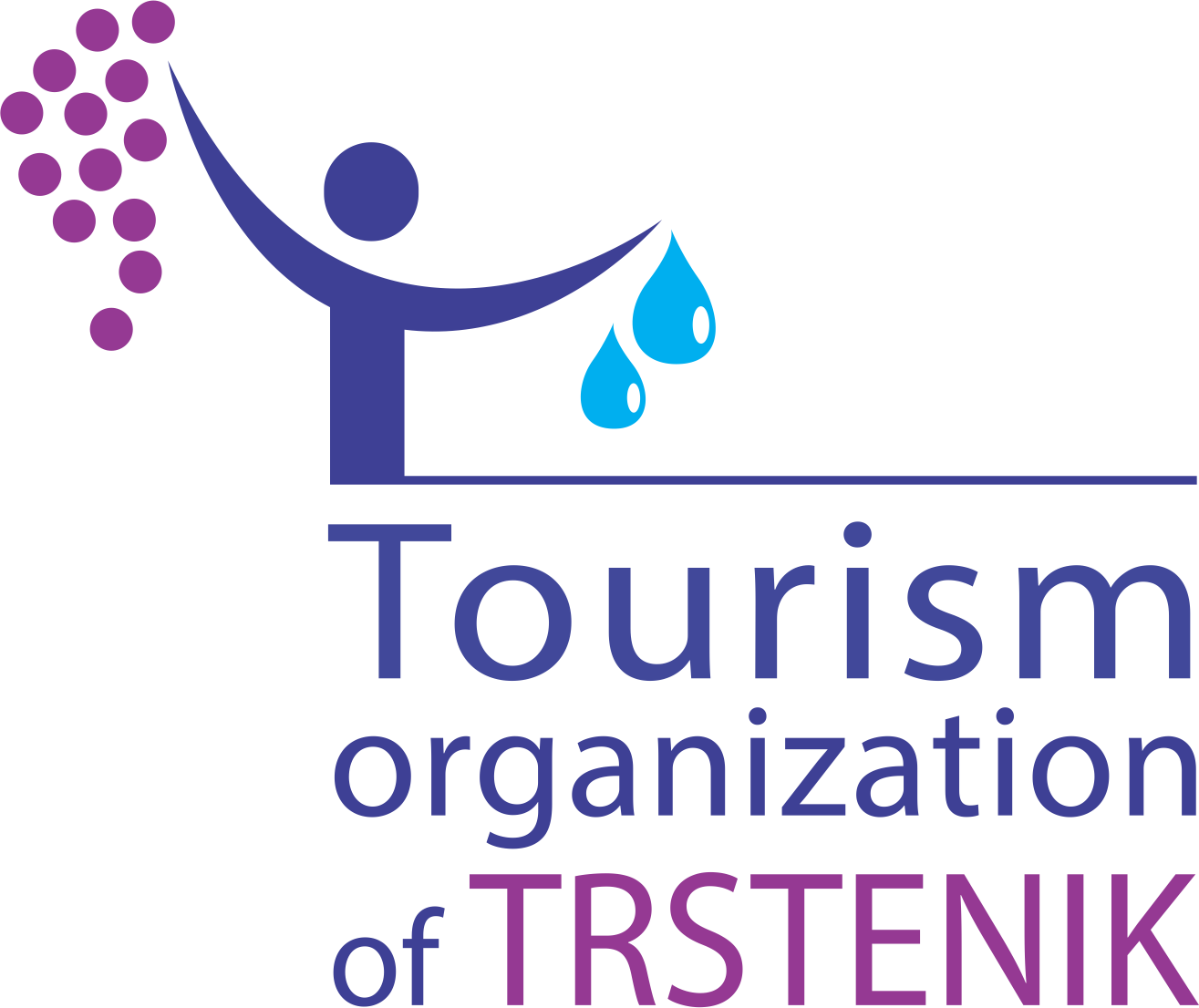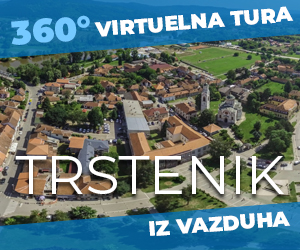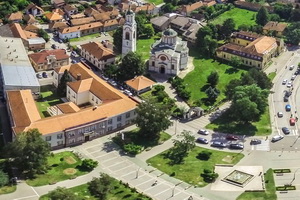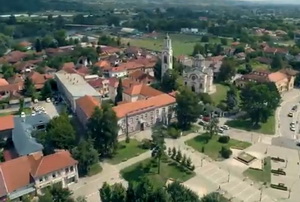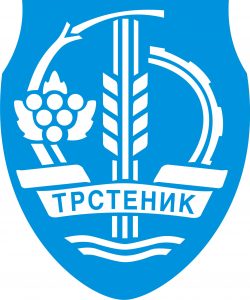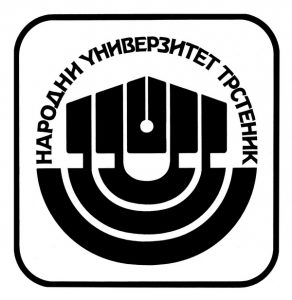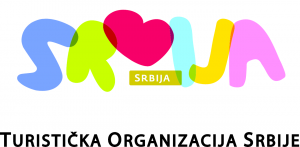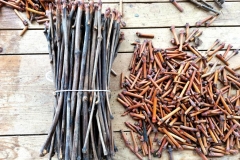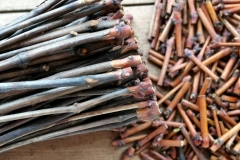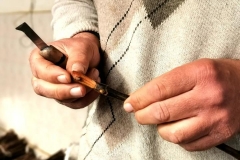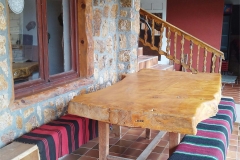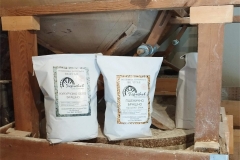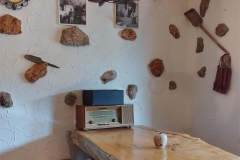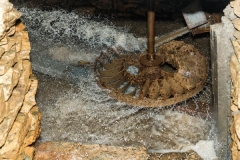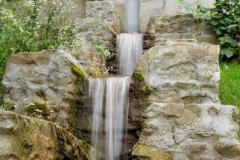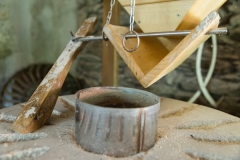Etnographic heritage and old crafts
Folk Traditions – Old Crafts, Customs, and Rituals in the Trstenik Region
At the turn of the 19th to the 20th century, Trstenik was a thriving town known for its merchants, winemakers, and skilled artisans. In the early 20th century, clothing was entirely handmade, with traditional festive garments—known today as folk costumes—still preserved in the local museum, occasionally worn at folklore events, and rarely seen at village fairs or religious festivals. A distinctive feature of the Trstenik region was the tall embroidered socks, called dokoleniце, traditionally worn by men on festive occasions. This gave rise to the nickname “Čarapani” (The Sock People) for the local population.
Folk Costumes from Šumadija and Pomoravlje
A rich and diverse ethnographic heritage is kept alive by local cultural and artistic associations from Trstenik, Medveđa, Velika Drenova, and Riljac. The association “Jefimijin vez” (Jefimija’s Embroidery) plays a key role in preserving the art of knitting, weaving, and embroidery. Hand-woven shawls, cloaks, and bags are crafted on traditional looms with exquisite detail and unique ornamental designs and color palettes.
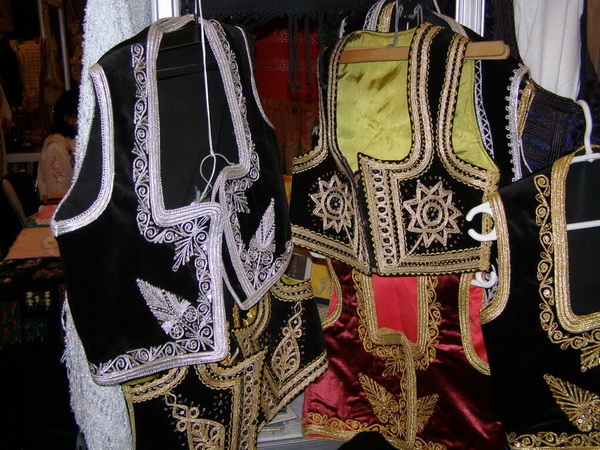
Old trades such as soda water production, milling, basket weaving, stone carving, lime production, and grapevine grafting form a significant part of the region’s cultural legacy.
In a restored soda shop dating back to 1935, visitors can enjoy a refreshing klaker—a traditional Serbian soft drink—made according to an old recipe.
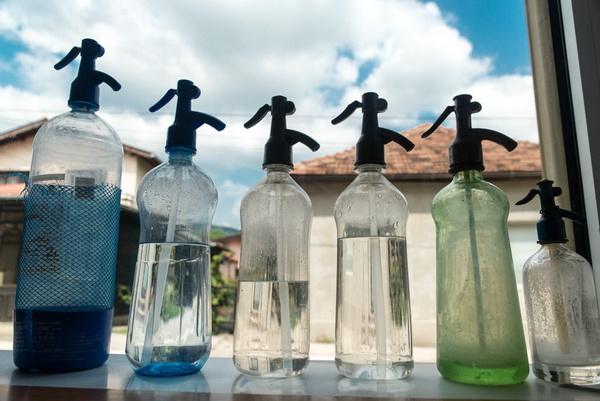
Grafting: A Craft Passed Down Through Generations
Villages on the left bank of the West Morava—such as Medveđa, Velika Drenova, and Milutovac—are famed for their skilled vine grafters. The practice of grafting took root here in the late 19th century and has been passed down through generations ever since.
The beginnings of grafting in Velika Drenova are tied to two notable locals. Ljubomir Nedić, a graduate of Serbia’s first horticultural school in Kraljevo, brought the skill to his fellow villagers. He was joined by teacher Voja Katunac, who introduced grafting knives into his classroom and patiently taught his students the trade. Thanks to their efforts, vine grafting became deeply rooted in the local culture.
By the 1980s, the village of Velika Drenova had grown into the world capital of vine grafting.
Milling Traditions and Stone Carving
In the quarries of Popina, Brezovica, and Dublje, the distinctive “Dublje stone” was traditionally extracted and carved into millstones. The production process has been modernized, but historic watermills in the villages of Brezovica and Bučje have been restored, preserving this important part of local heritage.
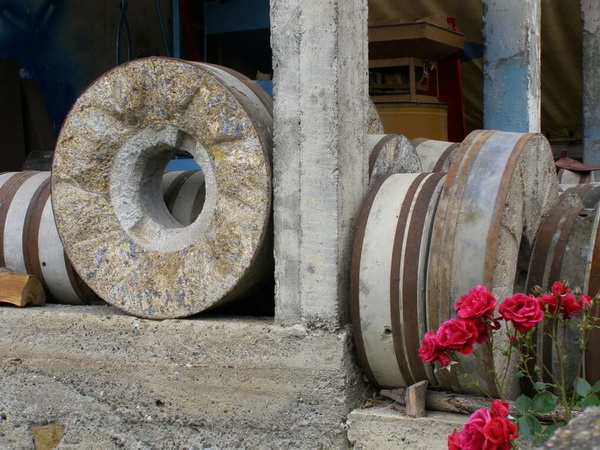
One such site is the Perčević Watermill Ethno Complex in the village of Veluće, operating continuously on the Srebrnica River since the mid-19th century. Flour ground here retains its nutritional value due to slow, stone milling.
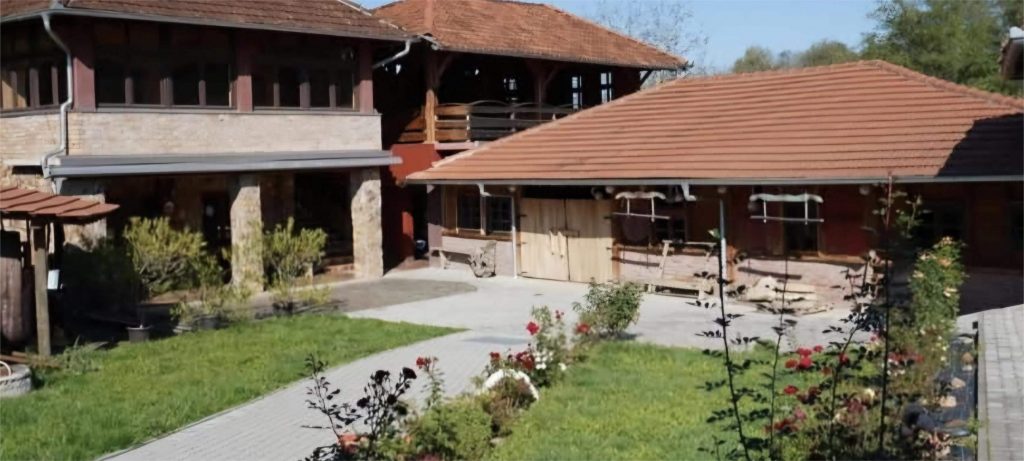
Visitors to the ethno complex can enjoy traditional specialties—homemade bread, corn bread, and dishes prepared under the sač (a bell-shaped baking lid), in earthenware pots, and over an open hearth.
Weekend visits require reservations.
contact: +381 64 2111 369
The Watermill Experience
To operate a traditional potočara (stream watermill) like the one on the Bršljanica River in Brezovica, water is diverted from the river into a jaz (millrace), then into a bukva (wooden container), from which it flows with force onto a wooden waterwheel, setting it in motion and turning the millstones.
Inside, grains of wheat, barley, rye, and corn are ground into flour amidst the deafening roar of the millstones—an enduring symbol of daily sustenance and religious rituals. The milled flour collects in a wooden chest known as the mučnjak.
Traditional Lime Production
Brezovica is also known for its lime kilns (krečane). The valleys of the Brezovačka and Popinska Rivers are rich in marble, used for nearly two centuries in the traditional production of high-quality lime.
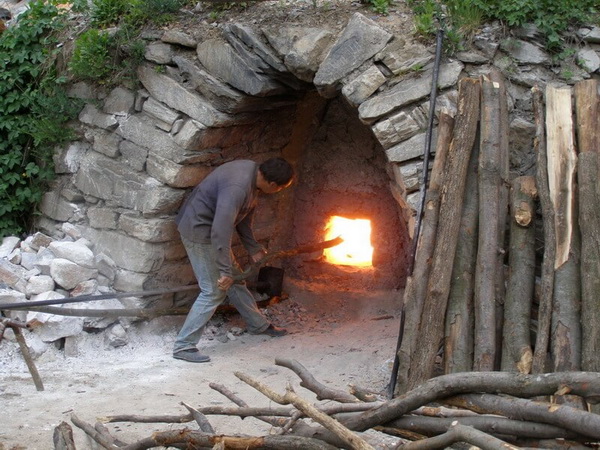
Lime kilns are built from either fired or unfired brick, and are coated two to three times a year with a mixture of clay and chaff to extend their durability. About 30 kilns remain in Brezovica, with several still active. The lime-burning season lasts from April to November.
Basket Weaving: The Craft of the Rivers
The village of Odžaci is the center of traditional willow weaving, with around ten families still earning a living from this ancient craft. Using materials such as willow branches, they produce baskets and various household items.
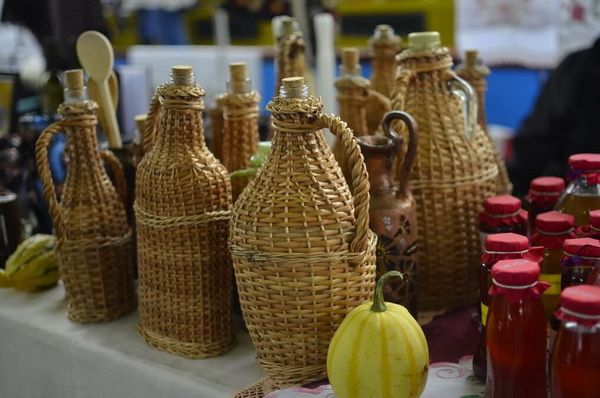
Local Market and Homemade Delights
Handmade craft items and homemade treats—such as fruit juices, jams, and preserves made “by grandma’s recipe”—can be found at the vibrant Green Market in Trstenik.

Customs and Celebrations
The Trstenik region boasts a wealth of unique customs, particularly during major holidays such as Christmas, Easter, Mladenci (Day of Young Married Couples), St. George’s Day, and the Orthodox New Year, as well as in everyday rituals.
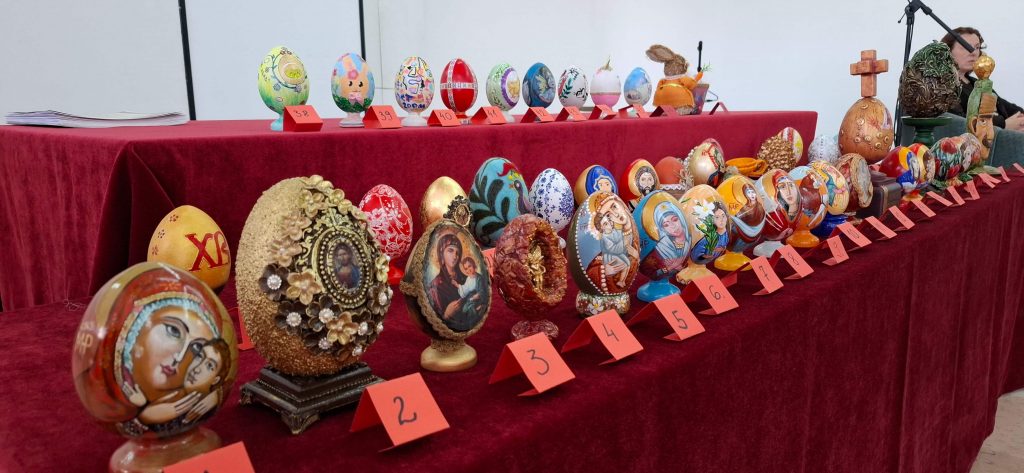
On the eve of St. George’s Day, young unmarried women decorate their gates with hornbeam branches—so that “young men would compete for them.” On Orthodox New Year’s Day, a pig’s head, kept from Christmas, is ceremonially broken. Mladenci is celebrated by newlyweds with a festive meatless meal, featuring special honey-and-flour cookies known as mladenčići.
A unique regional custom is that, in addition to a household’s slava (patron saint’s day), families often celebrate multiple other slavas throughout the year, based on land inheritance traditions where the heir also adopts the patron saint of the inherited property.
Villages also celebrate a communal or church slava, locally called bogomolja, during which residents gather by a sacred tree (Zapis), and the host (kolačar) shares a ritual bread with a priest and guests. At some locations, such as Velika Drenova, Milutovac, Veluće, Stopanja, and Prnjavor, bogomolja is marked by a lively village fair with music, traditional food, and a colorful market selling everything from heart-shaped gingerbread and leather slippers to modern goods.
